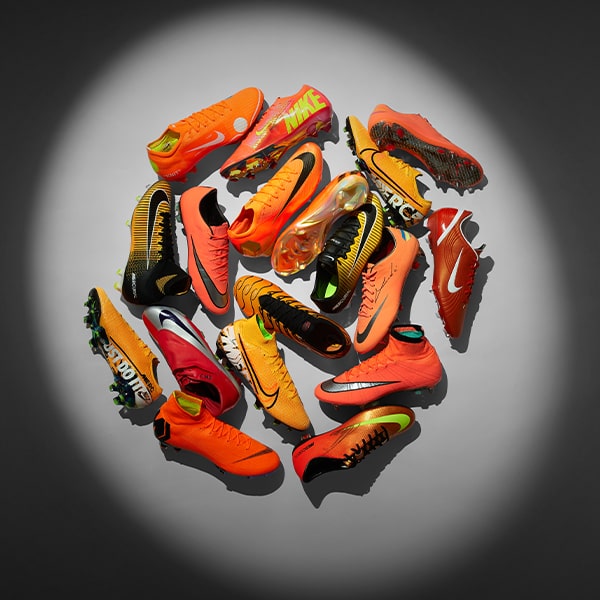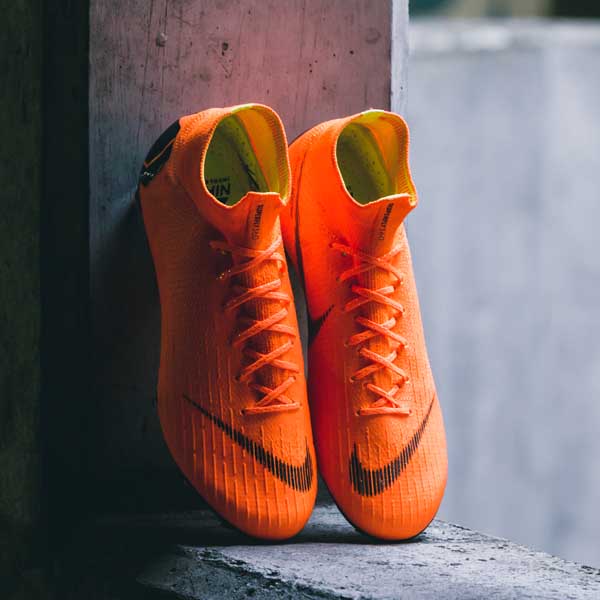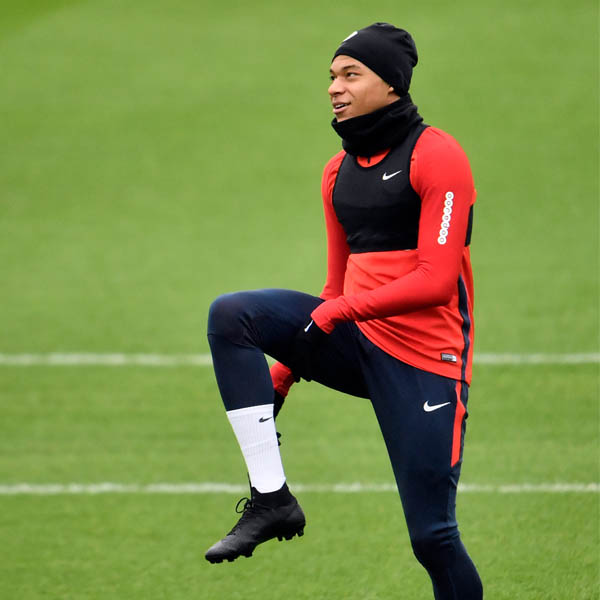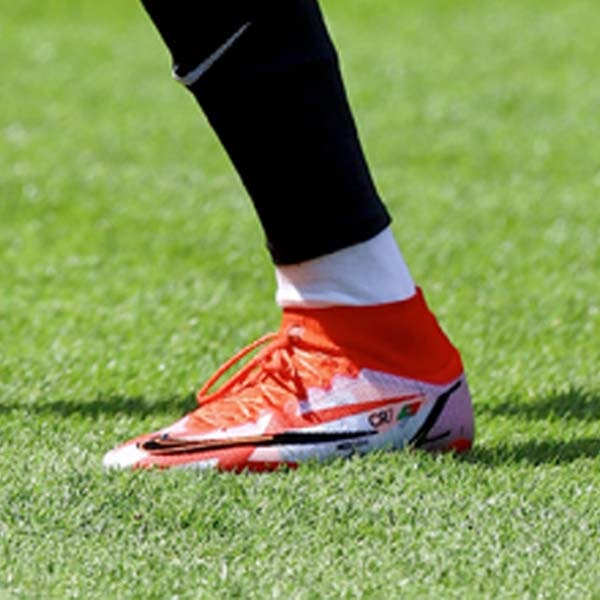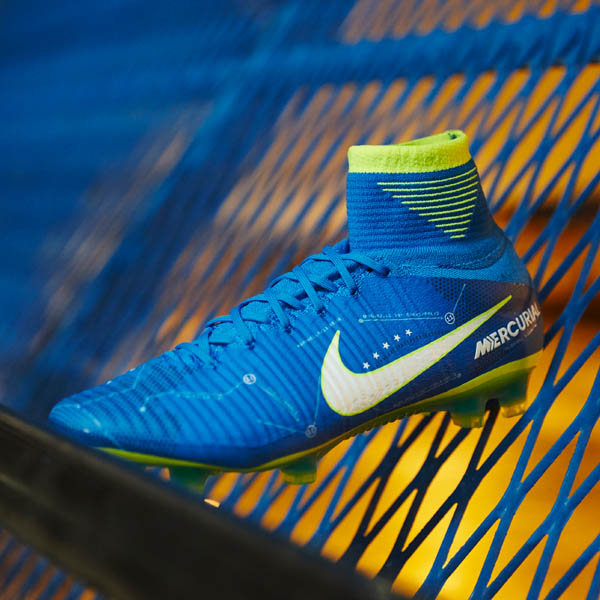In riding the latest wave of Nike innovation, we caught up with VP of Nike Football Footwear Max Blau at the Nike 'Science of Speed' event in Milan to chat the Mercurial Superfly V and the R9 and CR7 legacy ahead of the 2015/16 Champions League final.
How important has the Mercurial franchise become for Nike Football over the years?
"I think it's not just a critical franchise for Nike Football but I'd say it's a critical franchise for Nike footwear in general. The Mercurial over the years has set the bar, not just for the football industry but for football in general. There are always big expectations internally with each new release and that brings big challenges for us and a massive responsibility because we're dealing with something that's been around for nearly twenty years."
"Every time we bring a new Mercurial out the expectation is not only to be different but to be better. I'm sure when they did the '98 they thought, 'well this is as good as it gets', but then they moved onto the next one and the next one after that. So it's truly a honour for us to be able to evolve and innovate around the Vapor and Superfly because of what it represents to the football community, not only just at Nike."
Do you think the Mercurial would be the boot it is today without R9?
"He needed the product to keep up with his needs as an athlete so I believe that he set the pace and set the bar really high for us around 1998 - probably before that, around 1996 actually. I think speed continues to evolve and when I think of Ronaldo back in day I remember him as having that extra edge, something that Cristiano has today. Now it's not just about acceleration, but about deceleration in order to be able to create that space. That's why we need to evolve ourselves and through innovation take players to the next level. "
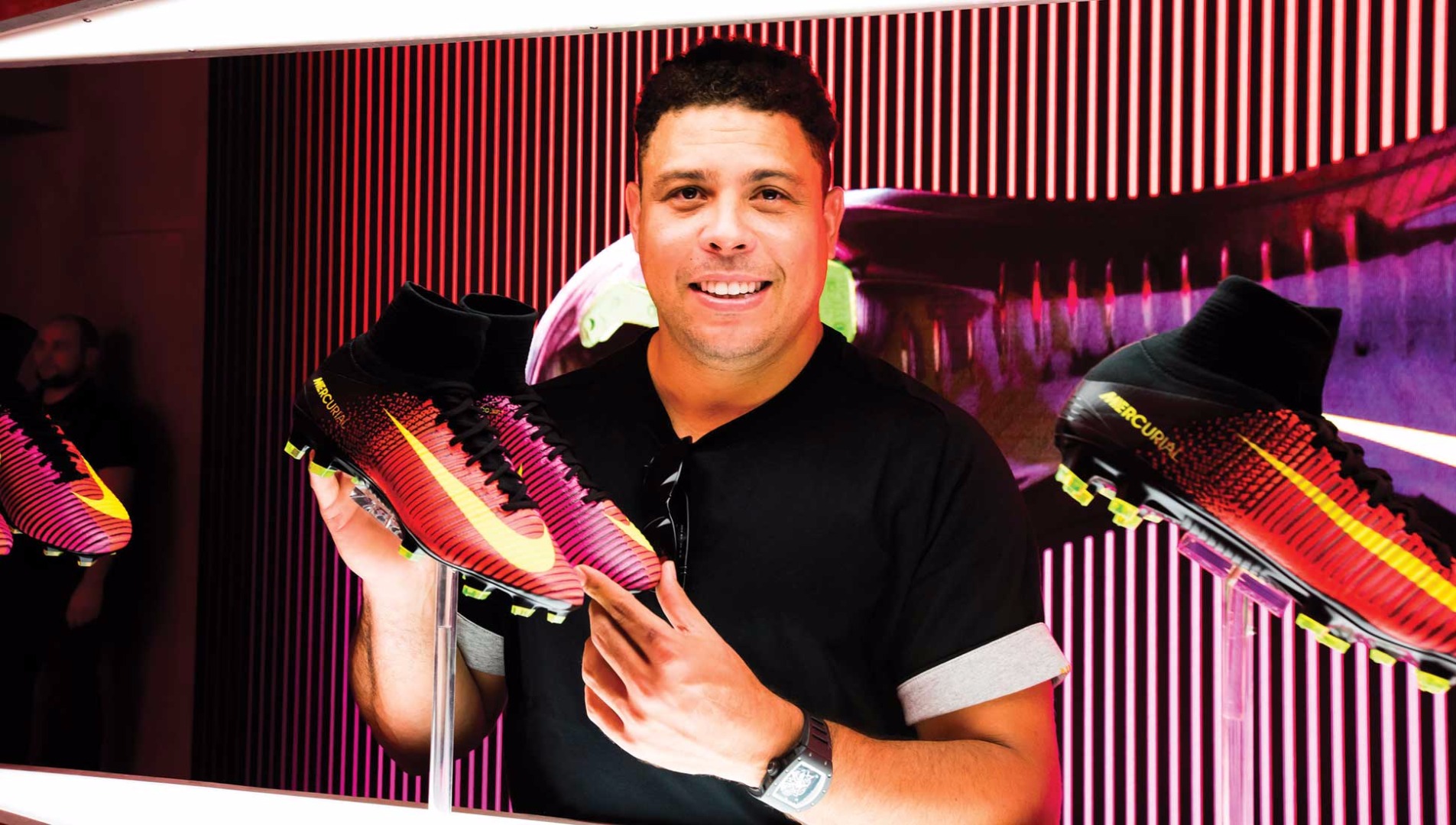
Was it destiny that Cristiano would follow R9 in becoming the lead hero for the boot?
"I think it was meant to happen. We as a brand have been lucky to work with both. I think one thing they share is their high expectation towards us as the creators of their product. In the same way they have high expectations for themselves, in the way they approach training for example, they expect the same from us and our designs. Cristiano wants us to push the boundaries of innovation. I know for myself as someone who spends time with him, he trains, gets home, rests, and then keeps training. He pushes himself all of the time and that's very inspirational - again, he expects our team here to be doing the same thing."
How important is it for Nike that they continue to build legacies around their four silos?
"We're all about speed, and I don't think speed is exclusive to the Mercurial. For us that's the way we see ourselves as a brand; we're about total speed, we're about total attack. Moving forward I think the question is where do we take it from here, much in the same way we approached it in 1998, which involved spending time with the athletes and learning what works and improving what can work better. We believe the game will continue to evolve and the players will continue to get fitter, stronger and faster, so the goal for us is not just to keep up with the demand but to leapfrog those demands and help the game evolve even faster."
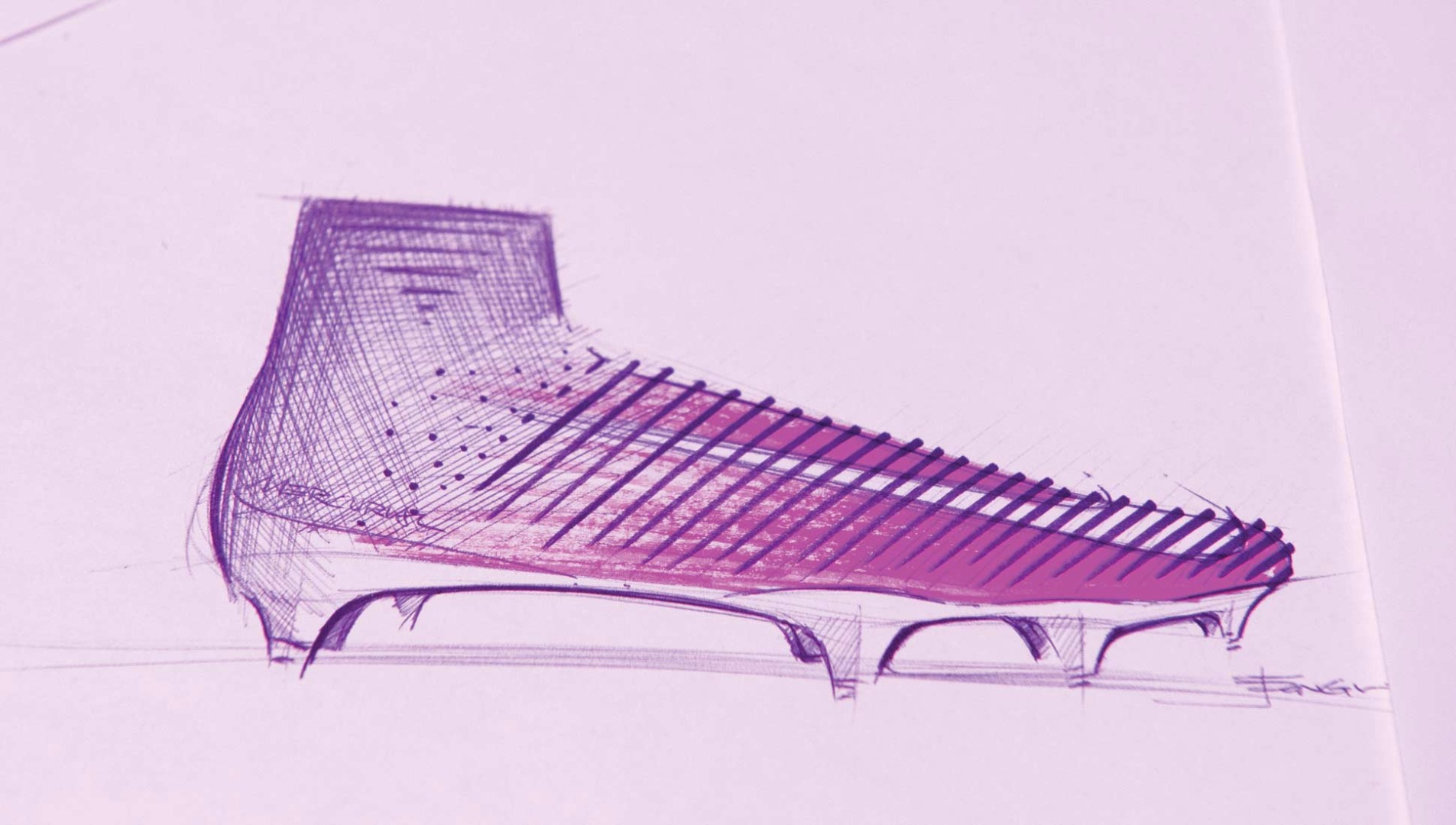
How much further can Nike continue to push Mercurial technology?
"My philosophy is sometimes you have to destroy to create - I believe in that. In this case, the 3D sprint plate is a great example. We could have evolved the current plate because we know consumers have adopted carbon - it's a technology that has been around for a while - but we thought we could do better and one of the things we wanted to do is create something that's fully one-to-one from an anatomical sense. We believe a plate that is flat is not is as powerful as a plate that matches the contours of your feet. We knew that carbon fibre wasn't going to be the material to deliver that, so we had to come up with a different solution. In this case we had to stop doing something that was working pretty well to doing something that has much more potential. So we have to take risks and it starts with having the simple conversations with the athlete. I think the team have done a phenomenal job in recreating something that was incredibly good already."

What does it say about the Mercurial that it's able to transition so well from performance into streetwear?
"This speaks very highly about how much style and innovation matters to us. The fact that it can transition so easily into a streetwear product tells you that we've created something very unique from an aesthetic stand point. We always talk about fit, touch, traction and style innovation. I think in this case it was a simple translation from the field to the street because of the fact that the product is so unique aesthetically. I think for me that tells us that what we've done from a design stand point is a pretty good job."
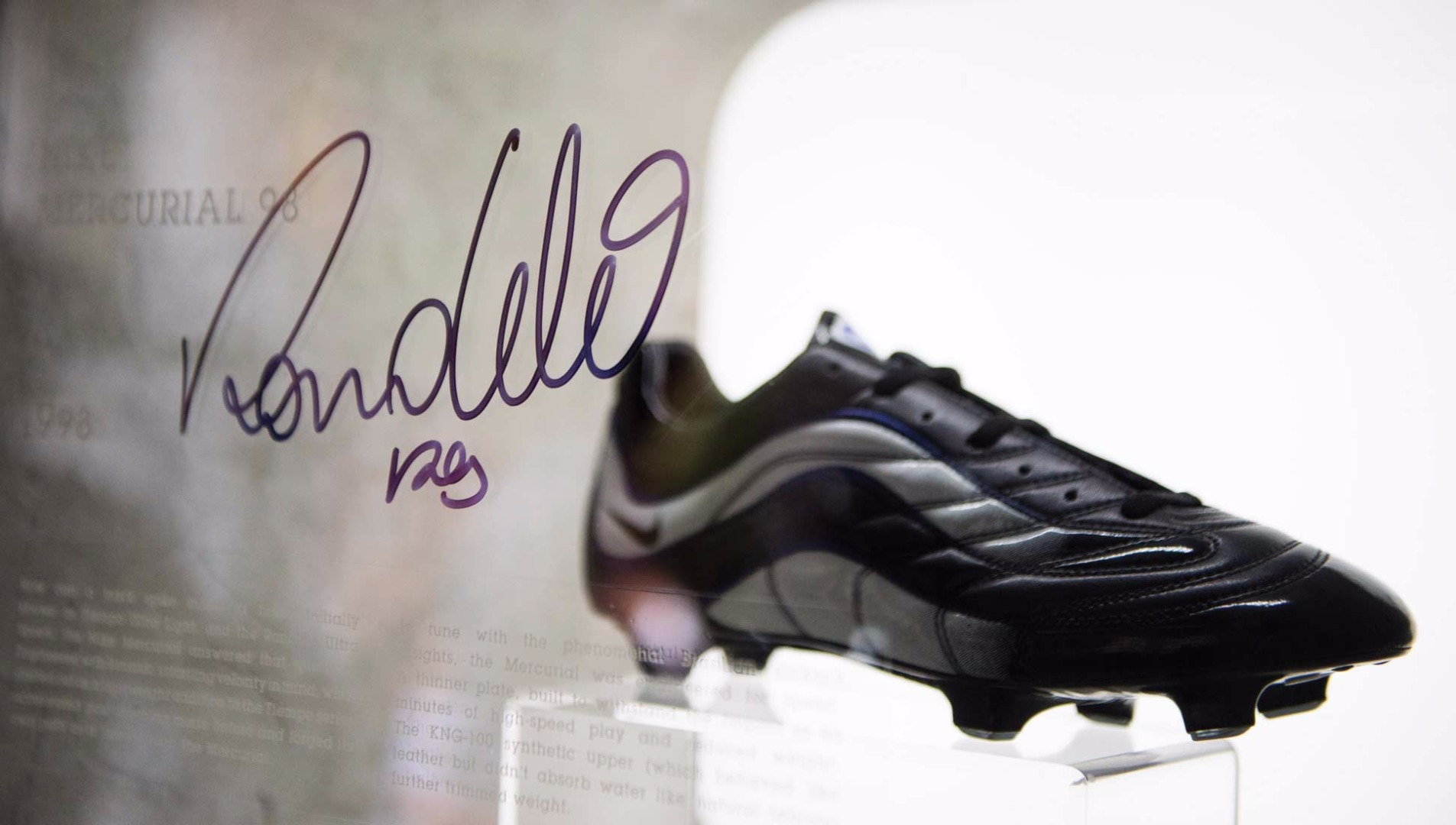
Much like R9, will Cristiano still be an inspiration for the Mercurial line beyond his playing career?
"I'm pretty sure, I mean I hope so. I think he's timeless and his legacy goes beyond the pitch and cultural barriers. I'm sure that when we launch the Mercurial 2022 or 2030, whatever it is, he's still going to be a huge inspiration."
At what point do you begin to look for the next player to continue the Mercurial legacy?
"I still think that we're going to be seeing plenty more of Cristiano, I think he has a good few years ahead of him. He's still as fast and as strong. We're lucky as a brand that we have a huge portfolio of amazing players so yeah when the time comes we'll figure out who's the next one."

